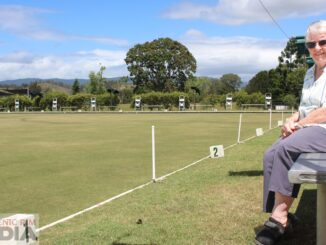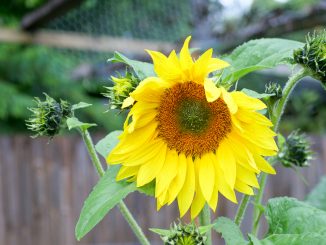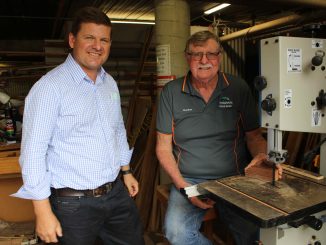
Comfrey is a great plant to grow and it thrives in our region.
We use Comfrey as a support plant with the leaves being harvested regularly and used for mulch and in compost.
Things like Arrowroot, Pigeon Pea, Cassava and Bana-Grass are also useful support plants.
Comfrey is one of our favourite plants and we have hundreds here at Tullamore Farm.
Comfrey prefers rich, well-drained soil, but it’s a hardy plant that can tolerate less-than-ideal conditions.
Keep the soil consistently moist, especially when establishing the plant. Once mature, comfrey is relatively drought-tolerant but will grow better with regular watering.
Comfrey is great for improving heavy clay or sandy soils due to its deep taproot. It’s excellent for composting or as mulch due to its high nutrient content (especially nitrogen, potassium, and calcium).
It can also be used as a dynamic accumulator in permaculture systems, drawing nutrients from deep in the soil and making them available to surrounding plants.
When harvesting, we just cut all the leaves off, reducing the plant back to close to ground level. Within days it is back sprouting and each plant grown here probably gets harvested five or six times per year.
Tests in the UK show that one plant can provide five and a half kilos of usable leaf mass per year. When harvesting I tend to use gloves as the leaves have really fine hairs which can be a bit itchy. Our chooks and horses like it also.
It is wonderful in compost. Besides being full of minerals and useful nutrients it is an accelerator; it breaks down quickly helping to heat the compost pile. We also use it as chop and drop by simply spreading the chopped off leaves under fruit trees as a mulch.
We have comfrey growing along garden borders and under fruit trees and particularly along the drip line where it will suppress weeds. It is quite lush and attractive and has attractive white/ purple flowers.





